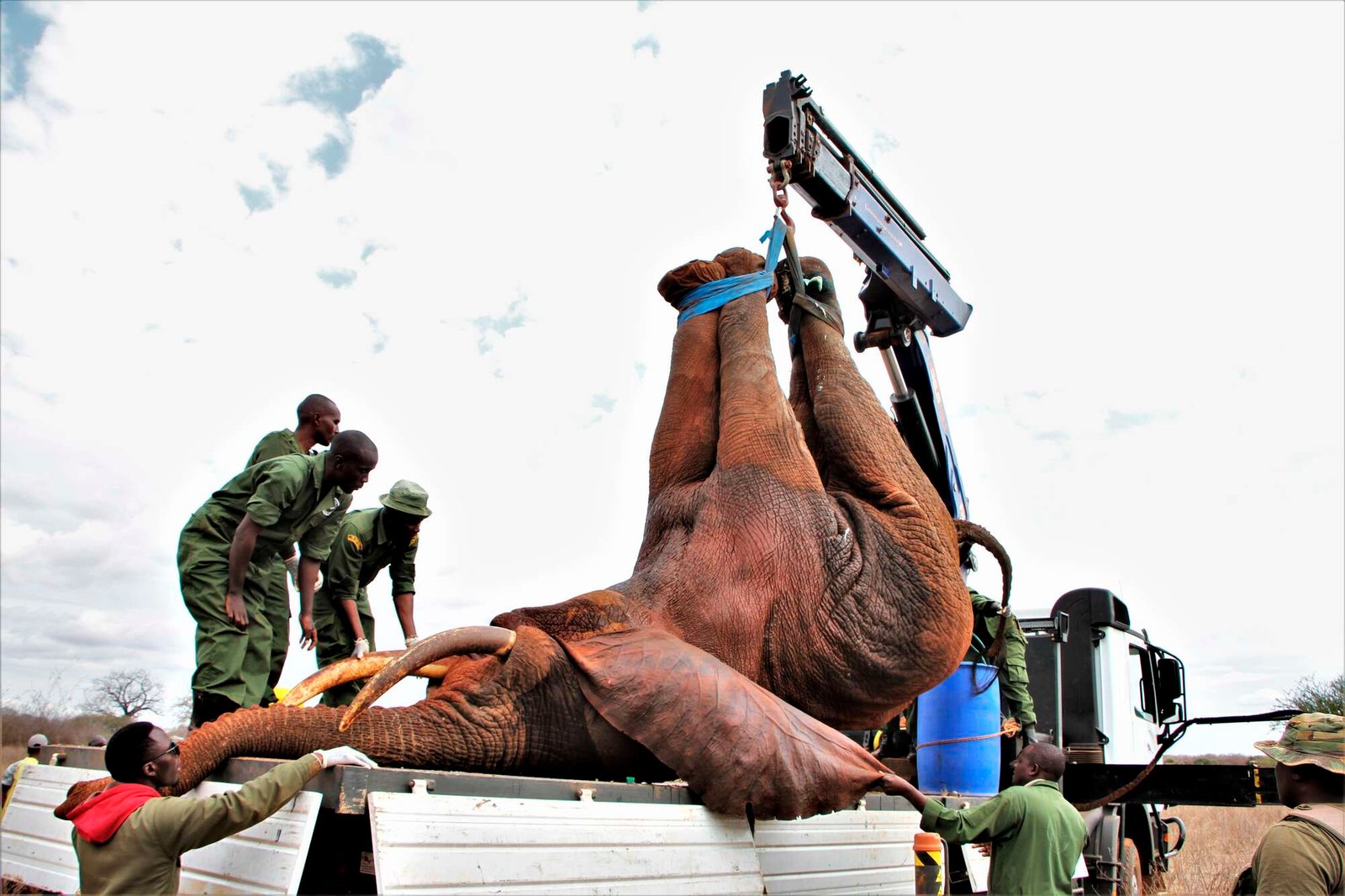[ad_1]
The search for pasture by a growing wildlife population as well as increased human invasion of time-worn wildlife corridors are contributing to conflict between animals and humans in Tanzania.
Elephants are now the most reported wild animals involved in these conflicts, instilling fear among villagers and destroyed crop farms.
Four people have been killed by elephants in Tanzania between 2022 and 2023, with the government paying compensation to the people who lost their crops with more than Tsh123 million ($51,000).
And in Nyerere National Park in Ruvuma region in Southern Highlands of Tanzania, elephants destroyed 10,724 hectares of farm crops between July 2022 and June 2023, the Ministry of Natural Resources and Tourism reported in mid-August.
Elephants move into human settlements mostly during dry seasons in search of water and forage while lions enter villages when their preferred prey, particularly zebra and wildebeest migrate to other outlying regions in search of pasture.
Read: Conflict as wild animals invade farms, attack Tanzanians
Controlling invasions
Anti-poaching operations have led to an increase in the number of wild animals. Rhinos increased from 163 in 2019 to 238 in last year.
“Elephant numbers increased from 43,330 in 2014 to 60,000 this year, lions’ number 14,912 while giraffes soared to 24,000,” Natural Resources and Tourism Minister Mohammed Mchengerwa confirmed.
Namtumbo and Tunduru districts, famous for maize production were the most affected by elephant invasion, said Ruvuma Regional Commissioner Laban Thomas, adding that the government deployed helicopters to herd the elephants away.
“Elephants invaded Mtita village in Bahi District in Central Tanzania on August 17, 2023, sowing panic among residents,” Bahi District Commissioner Godwin Gondwe reported.
Mwanga and Same districts in Kilimanjaro also suffer frequent invasions. Deputy Minister for Natural resources and Tourism Ms Mary Masanja said the government was taking steps to control the elephants migrating from Mkomazi National Park.
Read: Wildlife census lays bare how human activity fuels conflict
Ngorongoro Conservation Area Authority (NCAA) in Northern Tanzania is erecting a 30-kilometre electric fence to control movement of wild animals from their habitat to villages in Karatu district, the NCAA Deputy Conservation Commissioner Elibariki Bajuta said.
The most affected are Bariadi, Itilima, Tarime, Serengeti, Liwale, Nachingwea, Chunya and Songwe.
Mkomazi is a leading area of conflict between elephants and humans. Elephant numbers increased from 59 to 1,200 in the past five years inside Mkomazi park.
The Mkomazi ecosystem, which borders Tsavo West National Park on the Kenyan side, has a combined cross-territorial 16,000 elephants in Tanzania and Kenya.
In Korogwe District in Tanga, elephants destroyed 1,252 acres of food crops after invaded 18 villages last year.
In Mkinga District, also in Tanga, the jumbos destroyed various crops including coconuts, bananas, cassava, corn, sorghum, cashews, pineapples, rice, fennel, eucalyptus and mangoes in 404 acres last year.
Mr Mchengerwa said that the government has taken numerous steps to address Human-Wildlife Conflicts (HWC).
Read: Community wildlife conservation not always a win-win
“One of the key challenges in wildlife conservation today is human-wildlife conflict, particularly with elephants, and this conflict is a threat to human life, they destroy crops, and therefore causes food insecurity in communities,” Mr Mchengerwa said.
On the other side, human invasions on natural wildlife corridors have created biological imbalance of which the wild animals have invaded farms and homes in rural communities and villages established within the key corridors in Tanzania, Ministry of Natural Resources and Tourism said through its latest report.
that the fence would target to secure resolutions on disputes and conflicts between local communities and the conservation authorities, hence the wild animals.
[ad_2]
Source link



